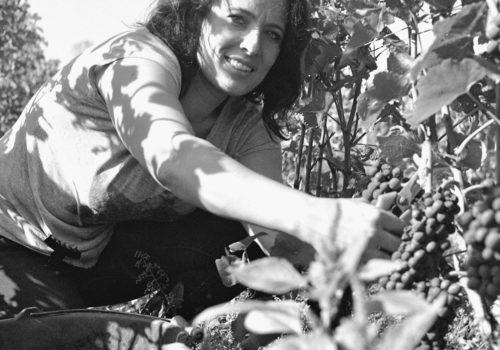Introduction and advice before tackling the manufacture and use of an ecological alternative developer.
After having investigated this area a little, these little recipes I am offering you are only the results relating to my own tests.
For this type of research, various parameters can be taken into consideration here, such as the nature and quality of the products used, namely the origin and type of ingredient or liquid chosen whose phenol or polyphenol content makes it possible to make a so-called alternative developer: coffee, red wine, beer, cider, green tea or black tea, dried or freshly picked aromatic herbs, mixed or not during a necessary decoction, etc.
There is still, sincerely, a long period of research work to be continued in this direction.
All these ingredients do not have an identical dosage of phenols or polyphenols, composed of plant antioxidant origin, present in a large number of plants, this is the important molecular element here. These are, as you can imagine, what makes this research both exciting, uncertain and more or less can evolve. These recipe cards will therefore be adaptable and perfectible by anyone who would like to embark on this adventure.
The results of these tests will already be able to give you some bases and avenues, if you wish one day, to follow this path of alternative developers and, allow you to try the experience of developing a black and white film in something other than in traditional photographic chemistry.
I have not invented anything here, I simply wanted to give you the feedback of my own few trials carried out with the ingredients that I used, a few quantities of them with the way that I used them. To move forward with these tests, I had to carefully investigate a single parameter at a time, such as for example the higher or lower temperature to be used during the processing of the film, and secondly, with the development time that I had to adapt as results came along.
Here we can also think about the sensitivity of the film to be programmed when shooting and the final contrast that the ion could obtain with this or that alternative developer. Did the film ultimately appear normal or a little light due to a lack of development time or on the contrary, did the support become dense and slightly colored by the chosen ingredient, due to excess development or too high a development temperature?
So many observations that you will have to discover and take into account.
All these parameters are decided little by little when using the alternative developer that you make, with: either coffee, red wine, beer, cider, green tea or black tea, or with a varied choice aromatic herbs, used mixed or individually.
The observation is that you will need time to master your processing, patience, observation and undoubtedly in the course of time and according to your choices, a little experience to identify the results and therefore interpret them. It’s also, let’s not be afraid of words, a form of ecological film photographic adventure.
Finally, these alternative (homemade) developers oxidize quite quickly, so you will have to use them quickly once or twice, but honestly not more. That is my advice even if you know that you are going to have to develop a film in this way, make your alternative developer one or two hours before its use, this is in my opinion the most rational and least risky solution. . Also, take great care immediately after manufacturing it to keep this developer in an opaque and tightly closed plastic bottle, especially if you perhaps wish to use it a second time, and this I remind you in a relatively short time.
Jacques Revon
Honorary journalist, author, photographer.
https://fr.wikipedia.org/wiki/Jacques_Revon
















